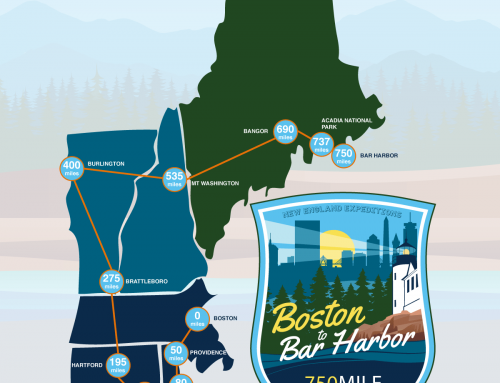The Secrets of Running off the Bike
By Stacey Richardson
For many beginners and triathletes alike, running is a real challenge. Well, perhaps you should rise to the challenge and show that run what you’ve got. There is a runner in all of us; learn to love the run portion of triathlon.
For starters, work on your form and don’t just go out and run mindless miles. You’ll surely end up burned-out or injured. Think about a cadence of about 180 foot-strikes per minute or 90 pairs of foot strikes and quick, light feet. Take a cue from cycling and aim for 90 pairs of foot strikes per minute, just as you aim for 90 revolutions per minute on the bike. Use your watch and count. It is the most important thing you can do to improve your running.
Once you determine your schedule, figure out how much you can train your run. For most beginners, you need to establish basic run fitness for six weeks and then begin to work your way up to your goal. This can mean anything from 5 miles a week to 15 miles a week as your starting place. Increase your mileage no more than 10% per week and make 15-20 miles per week your highest goal for sprint triathlons. Run different routes and over different surfaces to challenge yourself and to prevent injury. And like cycling, run at different speeds and cadences, including tempo, speed-play and pick ups.
Don’t be afraid to train like a runner sometimes and include skill-building run drills and road races in your plan. Volunteer at local road races and watch the fast runners. You won’t see many of them hard heel-striking with a slow cadence and a tight upper body. Of course they didn’t swim and bike first, but we’ll kindly overlook that. Visualize that great form each time you run and even more so when you do weekly practice of running off the bike.
At least once a week, you need to practice what some triathletes call the T-2 Tango. Swim to bike transition is called T-1, so T-2 means transition two or the bike to run dance. It will go well if you rehearse it in two different ways.
First, you can do a neuromuscular brick run once a week for starters. This is a short, brain-training run lasting no more than 10-12 minutes. Your objective is to run until your run looks and feels normal to you. Remember that in cycling you exert downward force on the pedals, driving your heels down to engage your glutes and produce power. But when you begin running, exchange that downward for forward motion and speed. Lighten up on those heels and shift your weight more forward to your mid-foot. Try to take quick, light steps and to keep your legs under your body to avoid hard heel striking off the bike. Train yourself to run like a runner and not a cyclist.
Second, an occasional endurance brick workout is a more lengthy session of running off the bike where you practice your form, your pace, and to hold it all together for that 5k or longer. Avoid the common mistake of making race day your first hard bike effort followed by a run. For new sprint triathletes, running 5k off the bike can seem like an eternity so it might be useful to practice the full 5k before race day. Even better, when you preview the course, ride your bike on the run course so you know where to find that finish line.
Finally, remember that it is about the bike in triathlon, no matter the distance. It is the longest part of every triathlon distance from sprint to Iron-distance races. If you are well trained on the bike, you’ll have an even better race-day run. Great triathletes are good at all three sports, champions at none of them. But you’re already a winner if you simply try a tri in 2010. Don’t wait any longer and come join us!
# # #
Stacey Richardson is a coach at Triangle Multisport and professional triathlete at 70.3 distance. She has been ranked #1 in the Female Open Division of the North Carolina Triathlon Series for the past three years.






